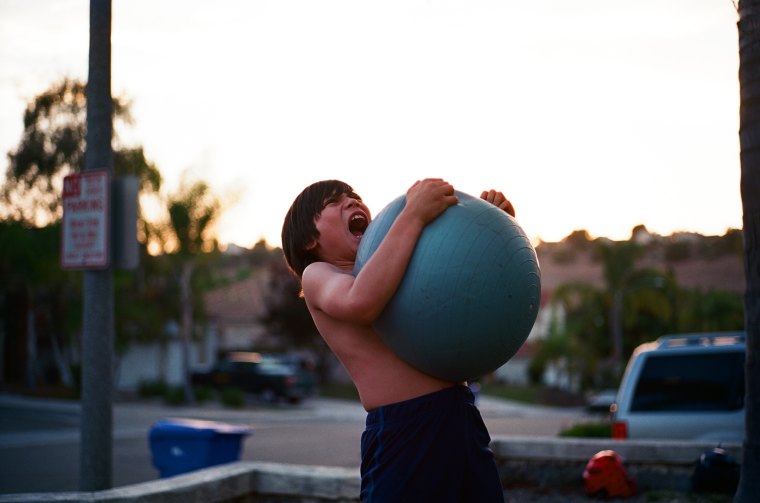I read an article from the 1990s that confirmed my long-standing suspicions: People in the eighties didn’t believe racism against Asians existed, thanks to the (now dissipating) model minority myth.
…[T]he erroneous belief that Asian Americans do not face discrimination cloud and mask the oppression of Asian Americans. We must tell our stories and our history again in order to shatter the myth and other mistaken beliefs about Asian America. – Robert S. Chang
Robert S. Chang, law professor, wrote an awesomely-angry-ish paper examining the role Asian Americans played in the legal system. Unsurprisingly, Asians were not major characters. Chang explains the hidden-in-plain-sight prejudices launched against Asians, starting from the laws written by our very own United States government.
For example, he raised my eyebrows more than once when he shared tidbits like, oh, the fact that the official quota on Chinese immigrants was lifted less than 25 years before my birth. And those same early immigrants faced harsh discriminatory laws that “[l]ater arrivals, trying to avoid this discrimination, distanced themselves from earlier arrivals….In essence, the discriminatory laws…not only hurt the Chinese…but, by encouraging each group to be more ‘western’ than the next, also prevented the building of coalitions among different Asian American groups.”

Following the natural progression of institutionalized racism, White government officials excluded Asians from minority representation almost entirely, believing Asians chose to only socialize with other Asians – despite laws forcing separation.
Chang drops another bomb: It wasn’t until 1992 that language diversity – a feature of many Asian American cultures – was introduced to voting ballots, effectively banning some Asians from political participation.
In my book, I argue that racial attitudes during and before my adoption explained my negative reception. Insular town notwithstanding, I suspected what Chang confirmed: Asians were harbingers of foreignness and the insults (“Go back to your own country!”) reflected the belief that Asians didn’t belong; not in the town and definitely not the United States.
Chang argues that it’s the “portrayal of Asian Americans as successful [that] permits the general public, government officials, and the judiciary to ignore or marginalize the contemporary needs of Asian Americans.” Then, “when we try to make our problems known, our complaints of discrimination…are seen as unwarranted and inappropriate.”
So that’s why no one cared when someone threatened to kick my eyes straight.
And that’s why action wasn’t taken when “chink” mysteriously appeared on my school poster.
And, most upsettingly, that’s why the so-called affirmative action officer in my middle school told me that the kid who tried to light my jacket on fire while I was wearing it “needed a friend,” and never addressed the racism.
So, what does this have to do with adoption? I share this (thank you Mr. Chang, if you ever read this, which you probably won’t) because a large section of my book argues that the rapid rate of Korean adoptions were proportionate to the growing anti-Asian sentiment in the US, and steps could have been taken to prevent the inevitable racism I – and many others – experienced. Knowing this would have also maybe helped prepare my parents and possibly led others to self-select out of the adoption process.
Surviving in a multiracial world is challenging, but parents who are unable or unwilling to help their transracial child navigate it are dangerous. It shouldn’t take this much work to prove racism is real.
Like this? Want more? So do I! Find out about my upcoming ventures on my Patreon page!

Thank you for following my blog. I wanted to let you know about my newer endeavor as it explores topics related to your writing.
TheWrongsIMustWrite
https://thewrongsimustwrite.wordpress.com/
LikeLiked by 1 person
It’s beautiful. I can’t wait to read more of your work. Please feel free to share your thoughts on mine – I love your perspective.
Sunny
LikeLiked by 1 person